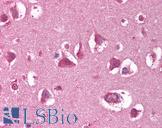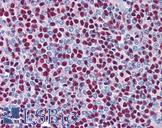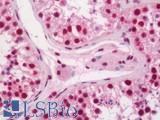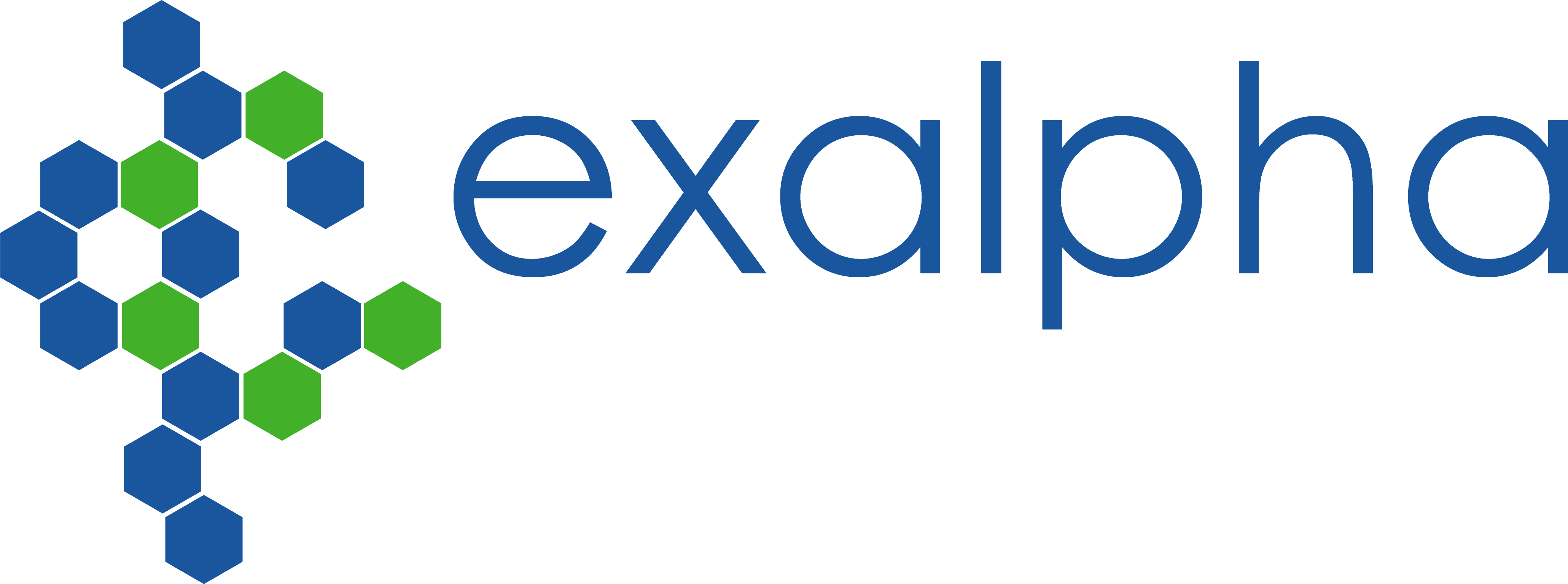Login
Registration enables users to use special features of this website, such as past
order histories, retained contact details for faster checkout, review submissions, and special promotions.
order histories, retained contact details for faster checkout, review submissions, and special promotions.
Forgot password?
Registration enables users to use special features of this website, such as past
order histories, retained contact details for faster checkout, review submissions, and special promotions.
order histories, retained contact details for faster checkout, review submissions, and special promotions.
Quick Order
Products
Antibodies
ELISA and Assay Kits
Research Areas
Infectious Disease
Resources
Purchasing
Reference Material
Contact Us
Locations
Orders Processing,
Shipping & Receiving,
Warehouse
2 Shaker Rd Suites
B001/B101
Shirley, MA 01464
Production Lab
Floor 6, Suite 620
20700 44th Avenue W
Lynnwood, WA 98036
Telephone Numbers
Tel: +1 (206) 374-1102
Fax: +1 (206) 577-4565
Contact Us
Additional Contact Details
Login
Registration enables users to use special features of this website, such as past
order histories, retained contact details for faster checkout, review submissions, and special promotions.
order histories, retained contact details for faster checkout, review submissions, and special promotions.
Forgot password?
Registration enables users to use special features of this website, such as past
order histories, retained contact details for faster checkout, review submissions, and special promotions.
order histories, retained contact details for faster checkout, review submissions, and special promotions.
Quick Order
| Catalog Number | Size | Price |
|---|---|---|
| LS-C176287-50 | 50 µl | $321 |
| LS-C176287-100 | 100 µl | $403 |
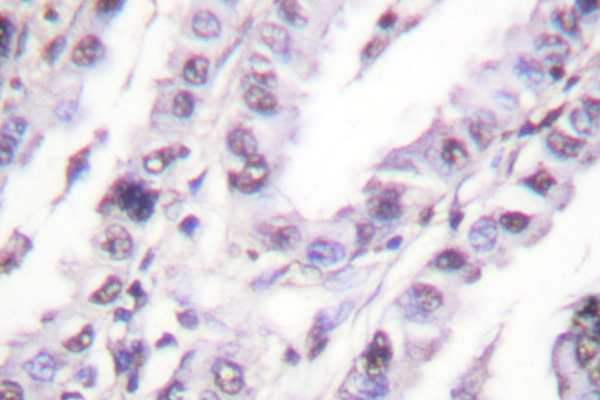
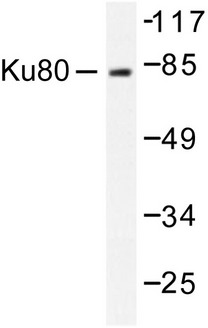


1 of 2
2 of 2
Polyclonal Rabbit anti‑Human XRCC5 / Ku80 Antibody (Asp708, IHC, IF, WB) LS‑C176287
Polyclonal Rabbit anti‑Human XRCC5 / Ku80 Antibody (Asp708, IHC, IF, WB) LS‑C176287
Antibody:
XRCC5 / Ku80 Rabbit anti-Human Polyclonal (Asp708) Antibody
Application:
IHC, IHC-P, IF, WB
Reactivity:
Human
Format:
Unconjugated, Unmodified
Toll Free North America
 206-374-1102
206-374-1102
For Research Use Only
Overview
Antibody:
XRCC5 / Ku80 Rabbit anti-Human Polyclonal (Asp708) Antibody
Application:
IHC, IHC-P, IF, WB
Reactivity:
Human
Format:
Unconjugated, Unmodified
Specifications
Description
Ku80 antibody LS-C176287 is an unconjugated rabbit polyclonal antibody to human Ku80 (XRCC5) (Asp708). Validated for IF, IHC and WB.
Target
Human XRCC5 / Ku80
Synonyms
XRCC5 | 86 kDa subunit of Ku antigen | CTC85 | CTCBF | DNA repair protein XRCC5 | G22P2 | KARP-1 | Ku autoantigen, 80kDa | NFIV | KARP1 | Ku86 | KUB2 | TLAA | Nuclear factor IV | KU80 | Thyroid-lupus autoantigen
Host
Rabbit
Reactivity
Human
(tested or 100% immunogen sequence identity)
Clonality
Polyclonal
Conjugations
Unconjugated
Purification
Immunoaffinity purified
Modifications
Unmodified
Immunogen
Synthetic peptide around Asp708 of human XRCC5 / Ku80
Epitope
Asp708
Specificity
Human XRCC5 / Ku80
Applications
- IHC
- IHC - Paraffin
- Immunofluorescence
- Western blot
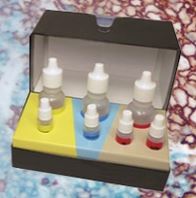
|
Performing IHC? See our complete line of Immunohistochemistry Reagents including antigen retrieval solutions, blocking agents
ABC Detection Kits and polymers, biotinylated secondary antibodies, substrates and more.
|
Presentation
PBS, pH 7.2, 0.05% Sodium Azide
Storage
Short term: store at 4°C. Long term: aliquot and store at -20°C. Avoid freeze-thaw cycles.
Restrictions
For research use only. Intended for use by laboratory professionals.
About XRCC5 / Ku80
Publications (0)
Customer Reviews (0)
Featured Products
Species:
Human
Applications:
IHC, IHC - Paraffin, Western blot
Species:
Human
Applications:
IHC, IHC - Paraffin, Western blot, Peptide Enzyme-Linked Immunosorbent Assay
Species:
Human
Applications:
ICC, Immunofluorescence, Western blot, Flow Cytometry, ELISA
Species:
Human
Applications:
ICC, Immunofluorescence, Western blot, Flow Cytometry, ELISA
Species:
Human
Applications:
IHC, IHC - Paraffin, Immunofluorescence, Western blot, Flow Cytometry, ELISA
Species:
Human
Applications:
IHC, IHC - Paraffin, Immunofluorescence, Western blot, Peptide Enzyme-Linked Immunosorbent Assay
Request SDS/MSDS
To request an SDS/MSDS form for this product, please contact our Technical Support department at:
Technical.Support@LSBio.com
Requested From: United States
Date Requested: 4/26/2024
Date Requested: 4/26/2024

